Daily deals site KGBDeals has a national deal of 4 Fandango.com movie tickets for $24. Each ticket has a maximum value of $12 (total $48). Deal is scheduled to run through the New Year’s weekend, over 7,000 sold so far. If you use eBates ($10 new user bonus) or Mr. Rebates ($5 new user bonus), can get some additional cash back.
Fandango codes will not be available until promotion end date on January 3rd, 2012. Valid until February 12, 2012. Both tickets must be purchased together in the same transaction for the same movie and showtime. This offer may be applied to IMAX or 3D tickets, up to maximum per-ticket code value.
 Despite the Treasury’s obvious dislike for the small investor, Series I Savings Bonds still offer a
Despite the Treasury’s obvious dislike for the small investor, Series I Savings Bonds still offer a 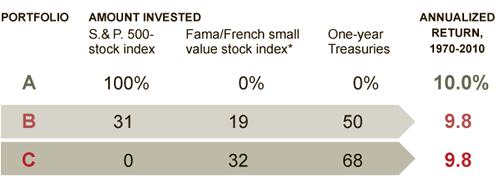
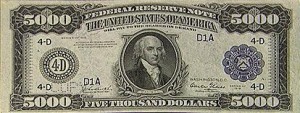 ‘Tis the season of giving so I’ve decided to award two lucky MyMoneyBlog readers with $2,500 in cold hard cash! And as an added bonus, each winner will receive a brand new iPad 2 (64gb). Yes, really! I don’t think you’ll find a richer giveaway on the web so please tell your friends, family and coworkers to get an entry in! Winners will be selected at random on the morning of Wednesday, December 21st and to enter the giveaway, you need to follow two simple steps:
‘Tis the season of giving so I’ve decided to award two lucky MyMoneyBlog readers with $2,500 in cold hard cash! And as an added bonus, each winner will receive a brand new iPad 2 (64gb). Yes, really! I don’t think you’ll find a richer giveaway on the web so please tell your friends, family and coworkers to get an entry in! Winners will be selected at random on the morning of Wednesday, December 21st and to enter the giveaway, you need to follow two simple steps:

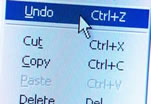 My post yesterday about the
My post yesterday about the 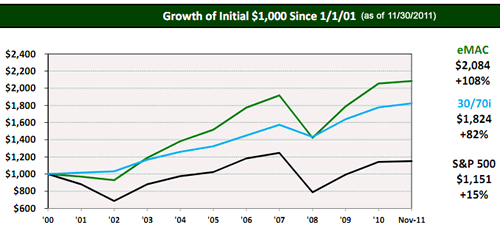
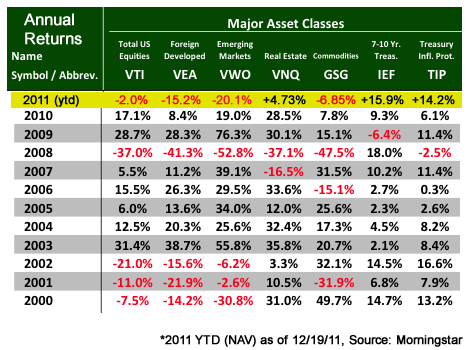
 The Best Credit Card Bonus Offers – March 2024
The Best Credit Card Bonus Offers – March 2024 Big List of Free Stocks from Brokerage Apps
Big List of Free Stocks from Brokerage Apps Best Interest Rates on Cash - March 2024
Best Interest Rates on Cash - March 2024 Free Credit Scores x 3 + Free Credit Monitoring
Free Credit Scores x 3 + Free Credit Monitoring Best No Fee 0% APR Balance Transfer Offers
Best No Fee 0% APR Balance Transfer Offers Little-Known Cellular Data Plans That Can Save Big Money
Little-Known Cellular Data Plans That Can Save Big Money How To Haggle Your Cable or Direct TV Bill
How To Haggle Your Cable or Direct TV Bill Big List of Free Consumer Data Reports (Credit, Rent, Work)
Big List of Free Consumer Data Reports (Credit, Rent, Work)